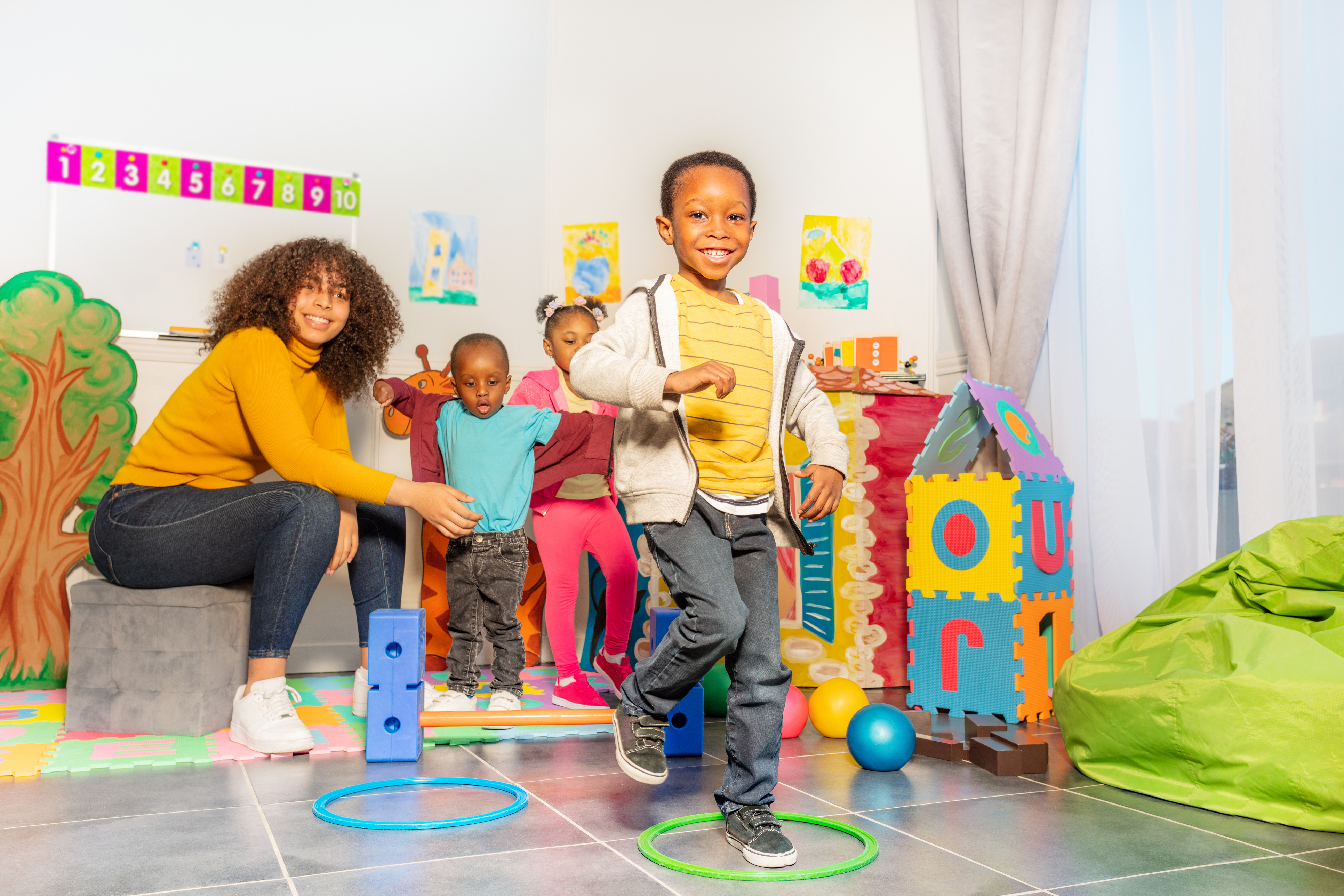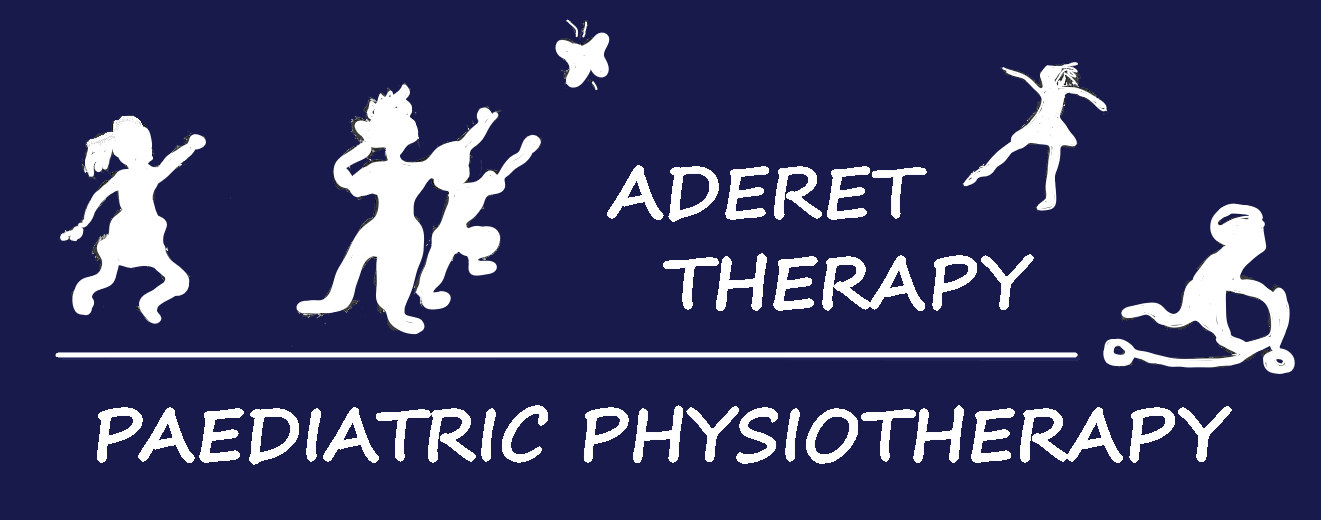Balance, balance, balance. This is an interesting term which we use all the time, but what does it actually mean? It is so easy to put down clumsiness and delays in gross motor skills to poor balance without actually thinking about what constitutes the concept of balance. Only through understanding balance can we start addressing how to improve balance.
So what is balance?
Balance is made of three separate skills or systems that work together to assist you in maintaining stability during a motor task. These systems are the biomechanical system, the sensory system and the neurological system.
The biomechanical system has two elements: Strength and alignment. Let’s take a skill such as standing on one leg and break down the biomechanical attributes. To remain stable on one leg, you need to have adequate strength around the ankle, knee, hip and a small degree through your trunk. As the body is designed and used to standing on two legs, the area that needs to be strongest is the side muscles of your hip to assist you to maintain your centre of gravity over the base of your standing leg. This is what enables you to be stable.
The other aspect is alignment, the leg has many joints through the ankle, knee and hip that are unstable and rely on muscles and ligaments to hold the joint in the right place. Every person has a slightly different alignment of the bones in the ankle, the orientation at the knee and orientation at the hip. This means that some people can have poor alignment through their hip, knee and ankle which can make it difficult for them to maintain stability when standing on one leg. For example, some one who is flat footed, their ankle forces their lower leg to be on an angle, which will influence the position of the knee joint which generally they try to compensate by having an unusual rotation at the hip. If you have poor alignment through hip, knee and ankle, you will require more strength through the lower limbs to hold your body in a position that can keep your centre of gravity over the base of your standing leg.
The second system is the sensory system. This is the ability for the body to identify how it is positioned in space. The most important part of the sensory system is proprioception. This is a skill that is developed and refined the more you focus and pay attention to how the different parts of your body are positioned during activity. Individuals with sensory processing impairments, have difficulty feel where their body is in space. This means they will have difficult fine tuning movement which in turn results in difficulty in balance activities.
The final system is the neurological system. The brain uses the information it gathers from the sensory system and the strength and stability that it has gained through the biomechanical system and ties it all together to create a motor plan that is related to the task at hand. This motor plan is filed in the brain to be retrieved at a future date when you next need to complete this motor task. The cerebellum is the part of the brain that is most responsible for the processing that is required to tie together all of this information. People with neurological conditions can have difficulty with this process of making, storing and retrieving motor plans which can influence their ability to balance and their coordination.
So what can you do to improve balance. The simple answer is find the weak link within the above systems and improve skills in that system. If you are weak in the lower limbs, focus on strength. If you have poor alignment, look at correcting alignment with different footwear or different technique. If you have sensory deficits, apply sensory strategies to improve the feedback your brain is receiving. If there are neurological deficits, using the rules of neuroplastic you can alter how your brain works. The final tip to improving balance is slow down the movement. If you pay close attention to how your body is positioned at the start and throughout the activity, this will assist your brain to create refined pathways for that motor skill. This will make it easier to successfully replicate in the future.
